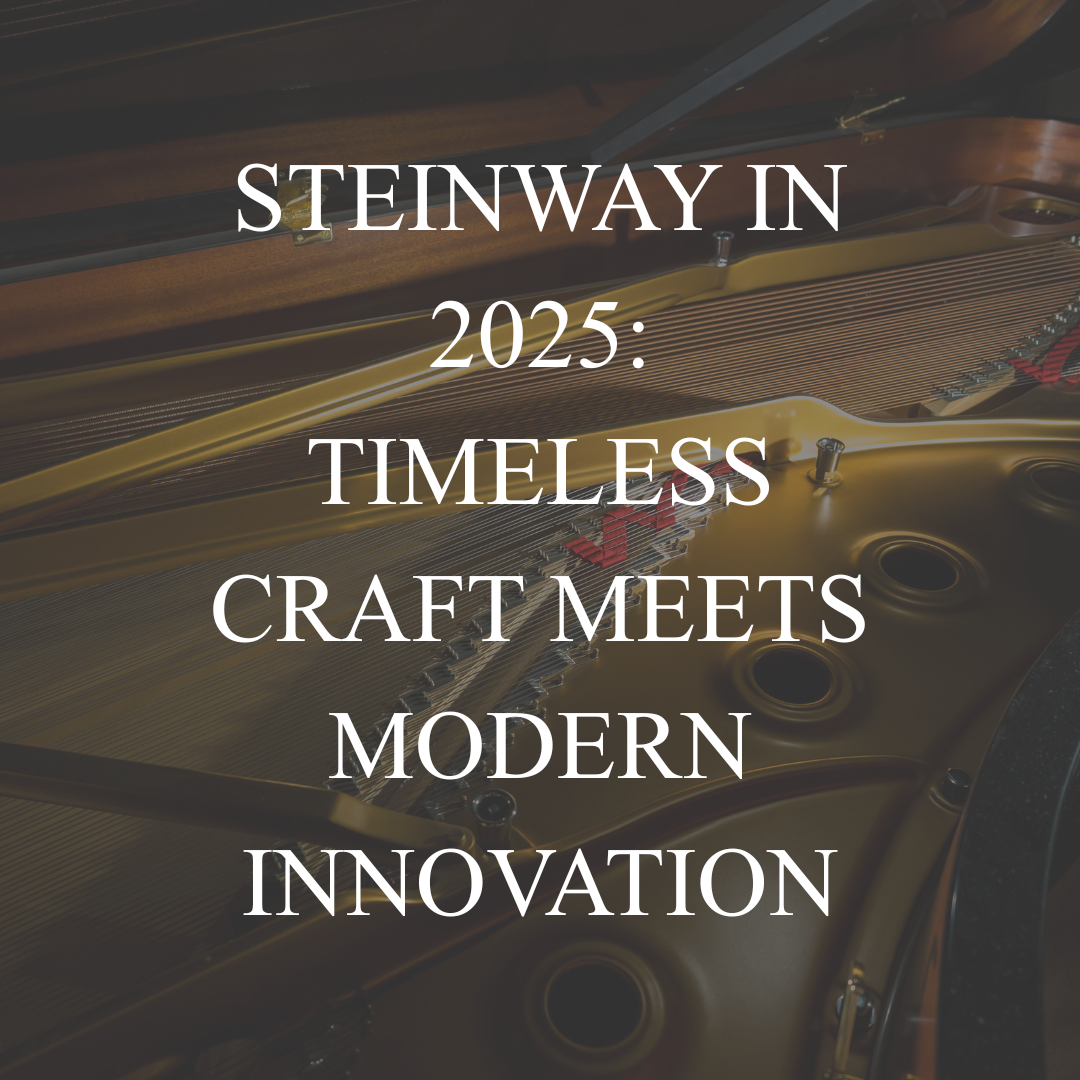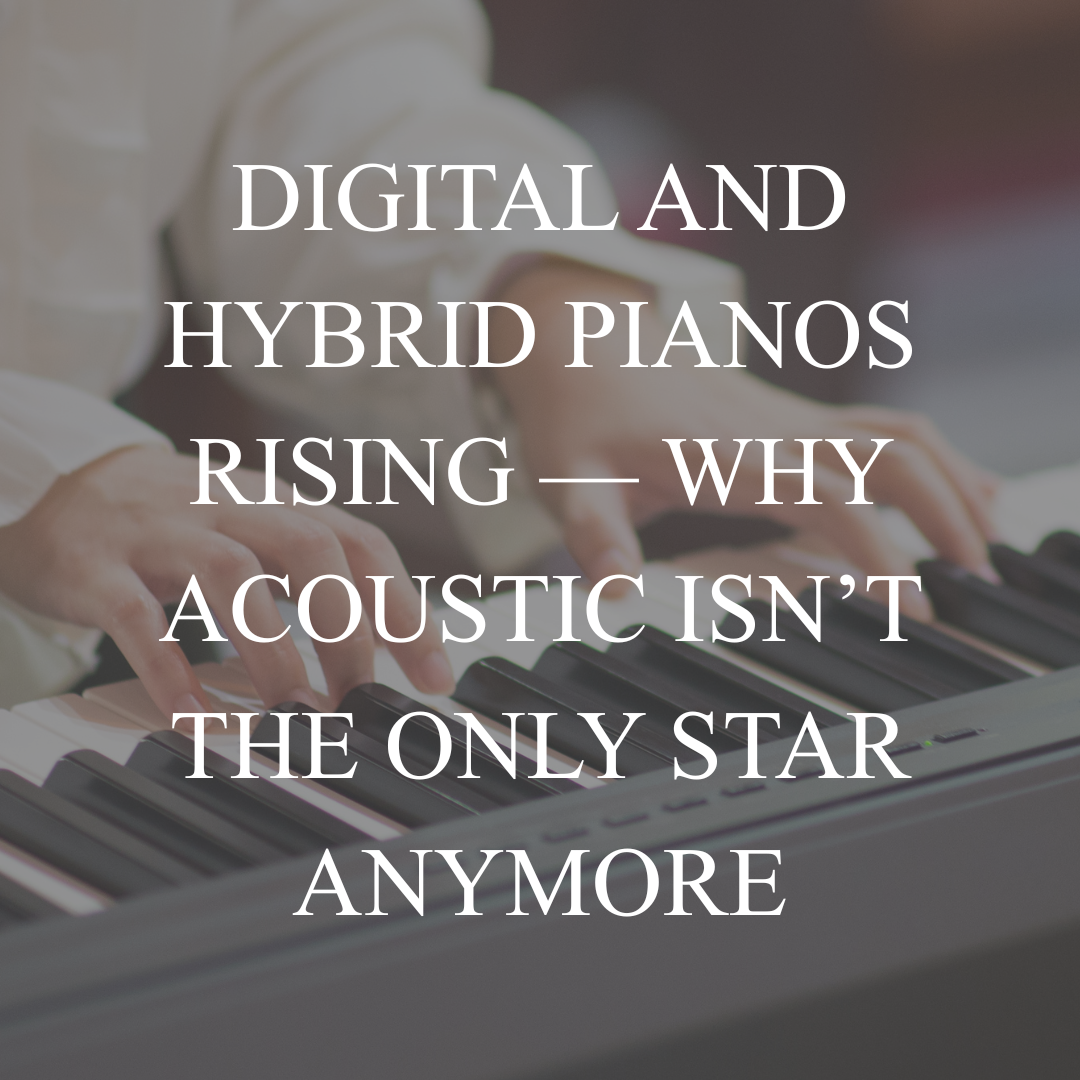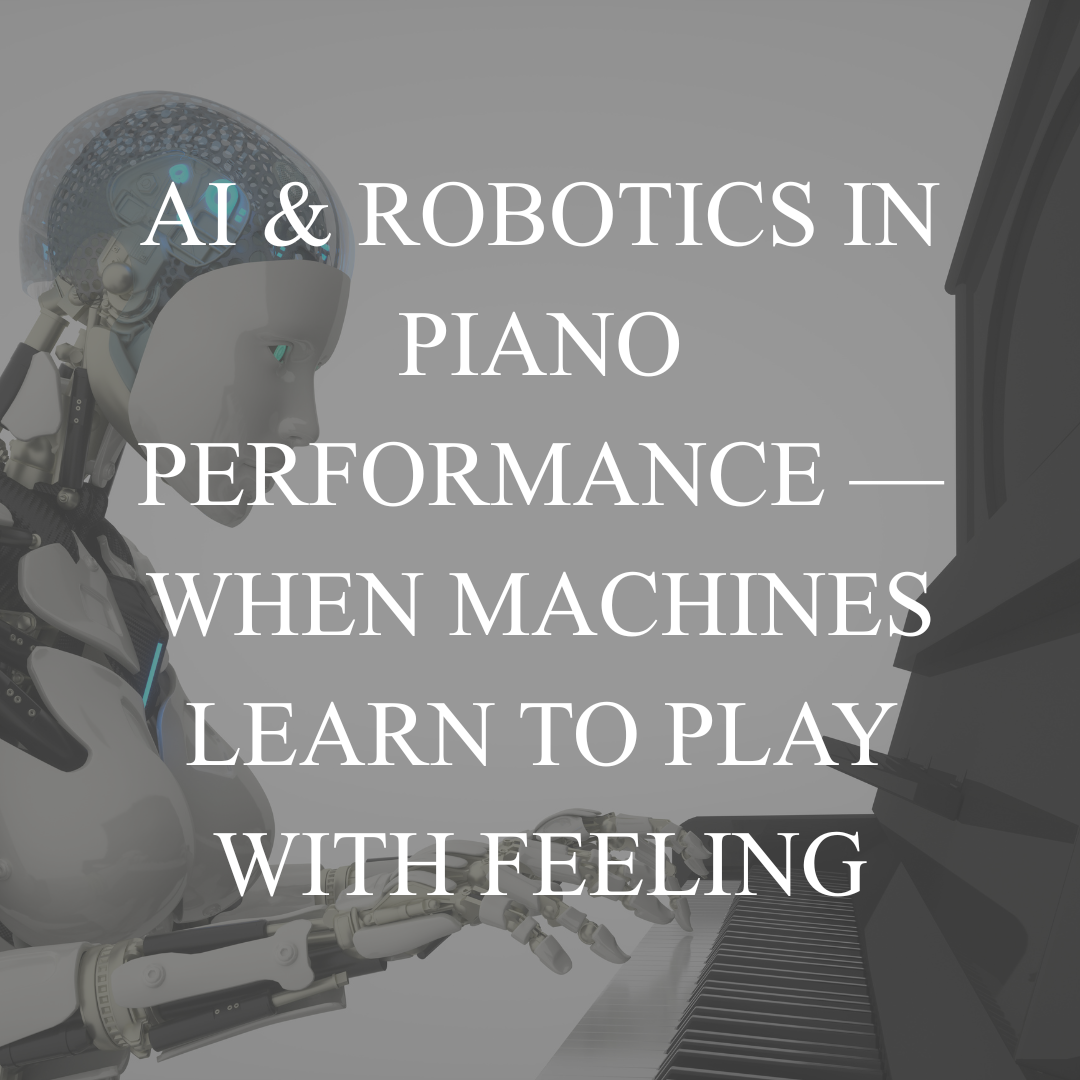
How often should I have my piano tuned and serviced?
Proper maintenance of an acoustic piano is crucial for preserving its sound quality and longevity. The frequency of tuning and servicing depends on several factors, including climate, piano condition, and usage.
Most piano manufacturers recommend tuning the piano at least twice a year to ensure optimal performance. However, new pianos and those in good condition hold their tune longer, and may require less frequent tuning. Dry or humid climates may require more frequent tuning. It is best to consult a qualified piano technician for specific recommendations.
In addition to tuning, regular servicing of the piano is also essential. Servicing includes cleaning, regulation, and voicing.
Cleaning involves removing dust and debris from the piano’s interior and exterior.
Regulation involves adjusting the piano’s mechanical components to ensure that they function optimally.
Voicing involves adjusting the piano’s hammers to produce the desired tone.
What should I expect?
The cost of tuning and servicing a piano varies depending on the technician’s skill level and the piano’s condition.
On average, piano tuning costs between $100-150 and takes 1.5-3 hours. Servicing costs vary depending on the extent of the work required. We have a relationship with highly skilled piano technicians we can recommend to you.
While it is recommended to tune your piano at least twice a year, the frequency of tuning and servicing depends on several factors.
Regular maintenance of your piano will ensure that it continues to produce beautiful music for years to come!
Comments will be approved before showing up.

For more than a century, Steinway & Sons has defined what it means to build a truly exceptional piano. But in 2025, the brand isn’t just honoring tradition — it’s evolving. At Northwest Pianos, we continue to see how Steinway’s balance of craftsmanship and technology keeps it ahead of the curve in a fast-changing industry.

Over the last few years, acoustic pianos have held the prestige. But the tide is shifting. More musicians, educators, and beginners are turning to digital and hybrid models for their flexibility, technological perks, and lower maintenance demands. According to industry reports, the global piano market is now incorporating “smart integration” and “compact designs” as key drivers for growth. The Business Research Company+2PR Newswire+2

In 2025, one of the most fascinating developments in piano technology is happening at the intersection of artificial intelligence, robotics, and musical expression. A research team recently introduced PANDORA, a diffusion-based policy learning framework that enables robotic hands to play piano pieces with precision and expressive nuance. The system uses language models to measure stylistic quality and musicality, blending human emotion with algorithmic accuracy. arXiv